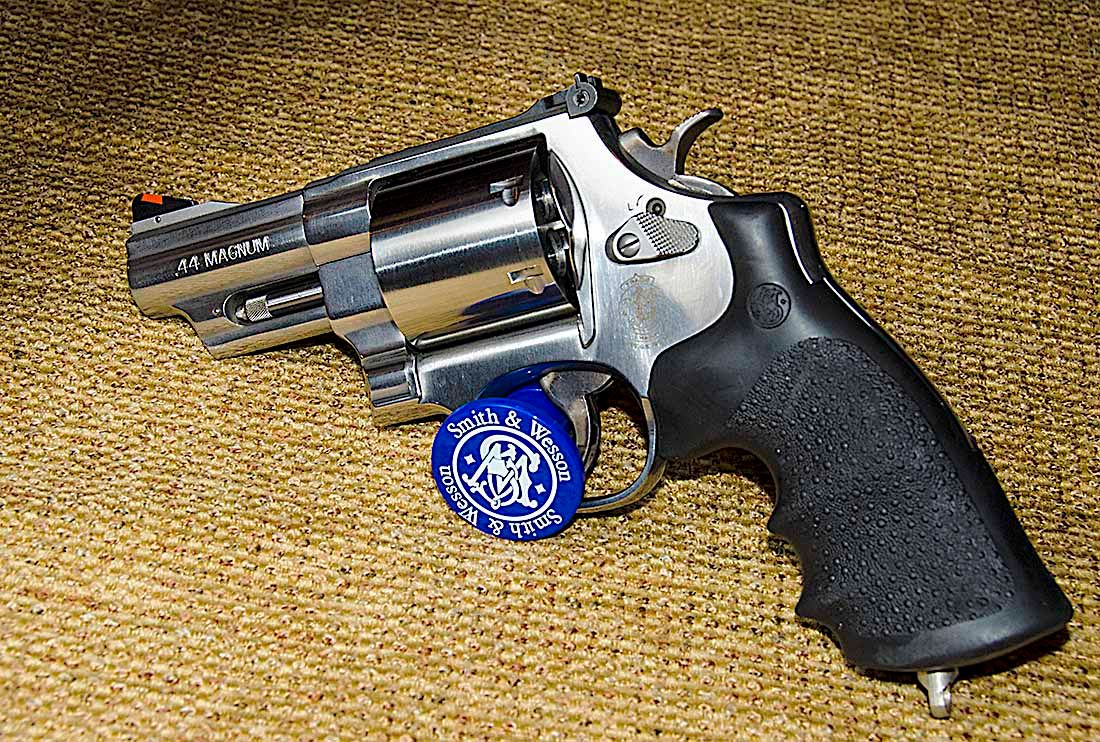FloridaFlier
Well-known member
It seems to me that most revolvers with unfluted cylinders are at a higher price point or are Performance Center guns. Certainly not all, but usually that's an indicator of a more expensive gun.
Why?
Is there some sort of performance improvement with the unfluted cylinder? It seems to me that unfluted adds weight and possibly (?) some strength. Maybe a better platform for etching or engraving, if you're into that. I'm not.
What is the appeal of an unfluted cylinder?
With apologies to all, I know this has to have been discussed in other threads, but I couldn't find them.
Why?
Is there some sort of performance improvement with the unfluted cylinder? It seems to me that unfluted adds weight and possibly (?) some strength. Maybe a better platform for etching or engraving, if you're into that. I'm not.
What is the appeal of an unfluted cylinder?
With apologies to all, I know this has to have been discussed in other threads, but I couldn't find them.




